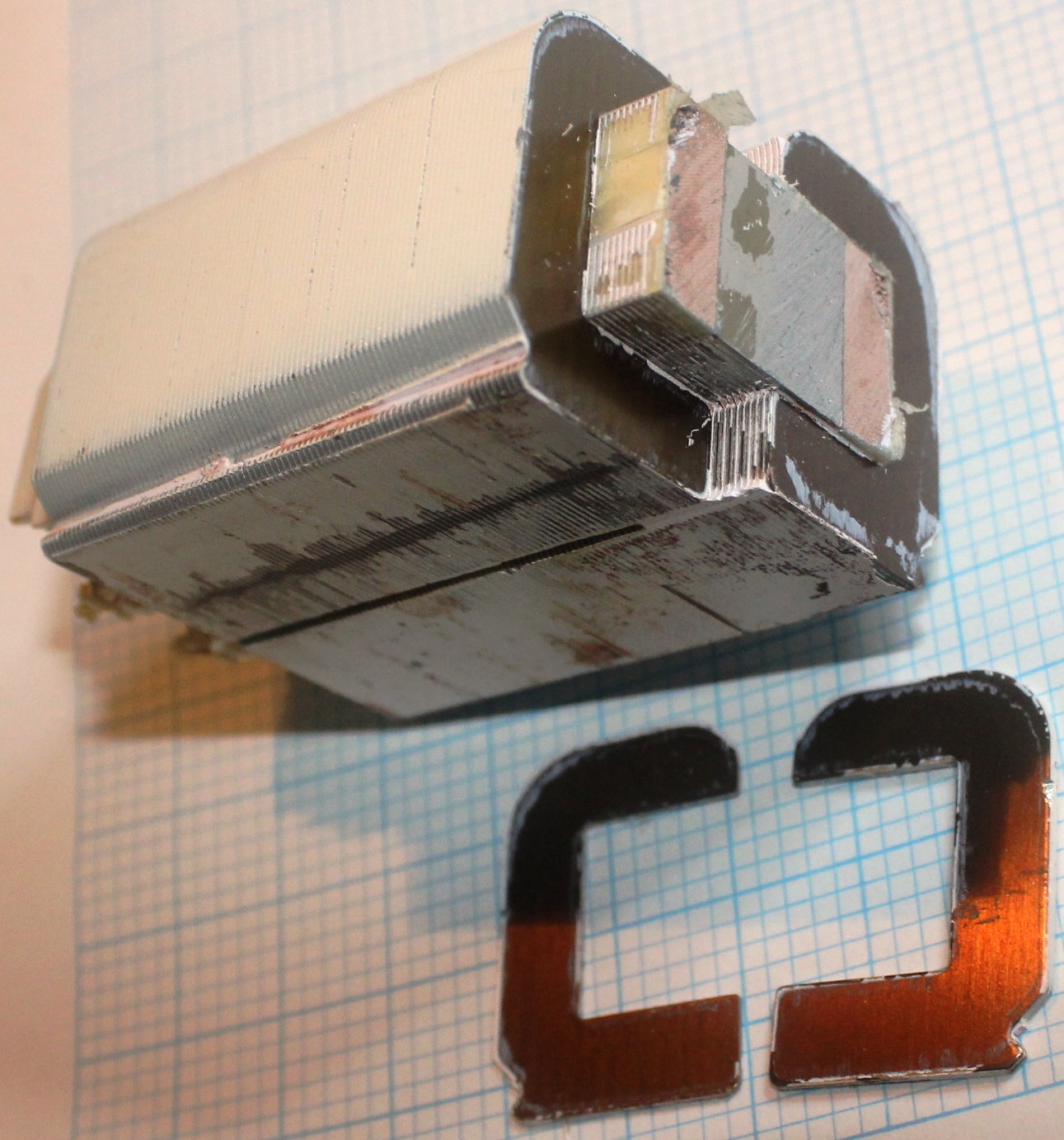So called "magnetic ballasts" for old florescent light fixtures, and I mean specifically the kind that use traditional coil and core construction and look identical to a ordinary choke, are far cheaper than power chokes (in fact free if you are willing to dumpster dive 🙂. Also they are commonly rated at 277V, which is high enough for a lot of tube power supplies. But they aren't spec'ed for DC current or inductance.
Has anyone ever characterized them or tested them as a PS choke?
Has anyone ever characterized them or tested them as a PS choke?
Sure, one example here:Has anyone ever characterized them or tested them as a PS choke?
http://www.diyaudio.com/forums/power-supplies/177117-fluorecent-choke-power-supply.html
There are probably others, and this could interest you too:
http://www.diyaudio.com/forums/power-supplies/249630-gapped-power-transformer-choke.html
It has nothing to do with AC or DC: the choke is completely agnostic about it, all that matters is the instantaneous current it senses.DC chokes have an air gap, AC chokes do not.
Some DC chokes may have no gap, some AC ones may have it, it just depends on the use, inductance, peak current, etc.
In addition, ballasts have hugely elongated sections of iron acting as high reluctance sections, playing the same role as lumped airgaps.
Note that you are not alone in your mistaken views: a learned participant in the quoted threads has been caught in the same trap.
Teardown of a very common 18W 240V flourescent choke - note the central square-section laminated steel core, and the four long airgaps between the central core and the outer C section laminations - the 'cut' was made at one end, just before the winding loop around - the single winding is very compactly wound:

Supporting measurements of that type of choke:
http://dalmura.com.au/projects/Choke%20measurement.pdf
Supporting measurements of that type of choke:
http://dalmura.com.au/projects/Choke%20measurement.pdf
Last edited:
This document also refers to using the variable gap tuning inductors from an electronic organ. I got a whole box of those for free. Time to start digging through more of the junk in the basement... thanks.
- Status
- Not open for further replies.